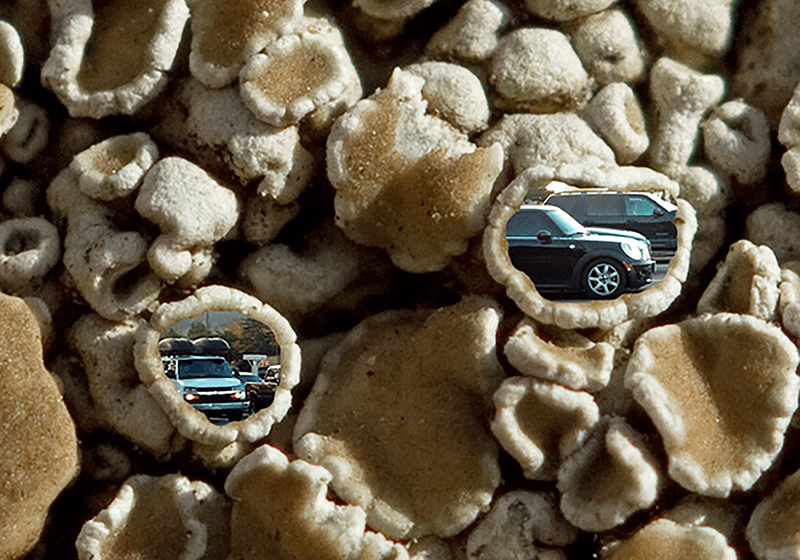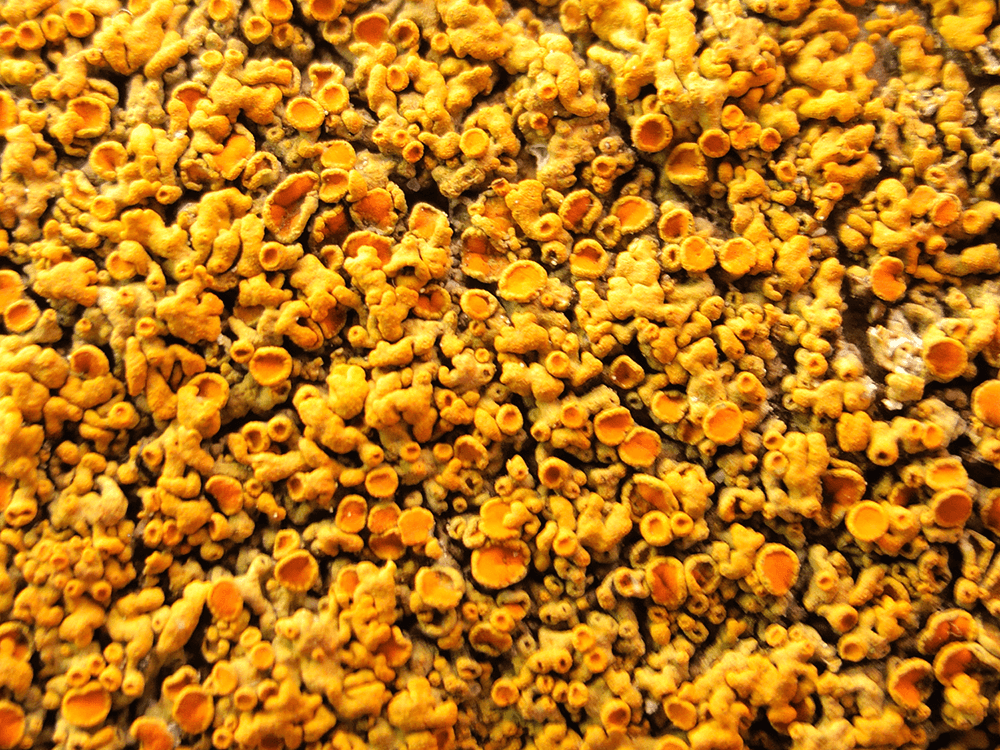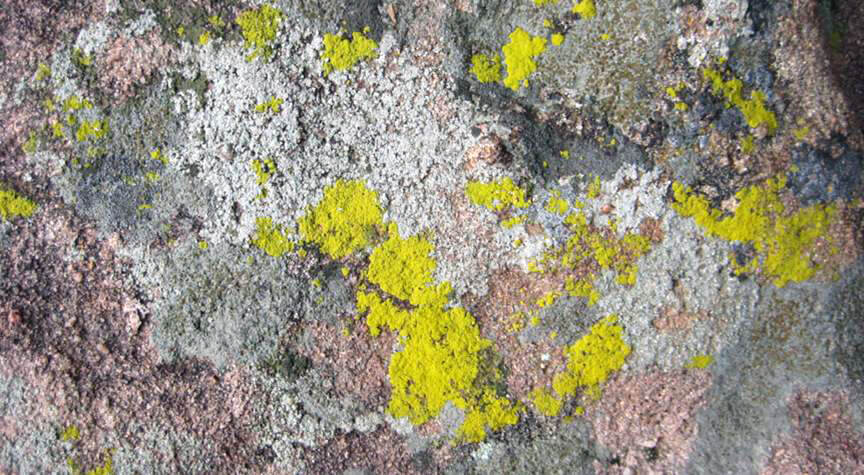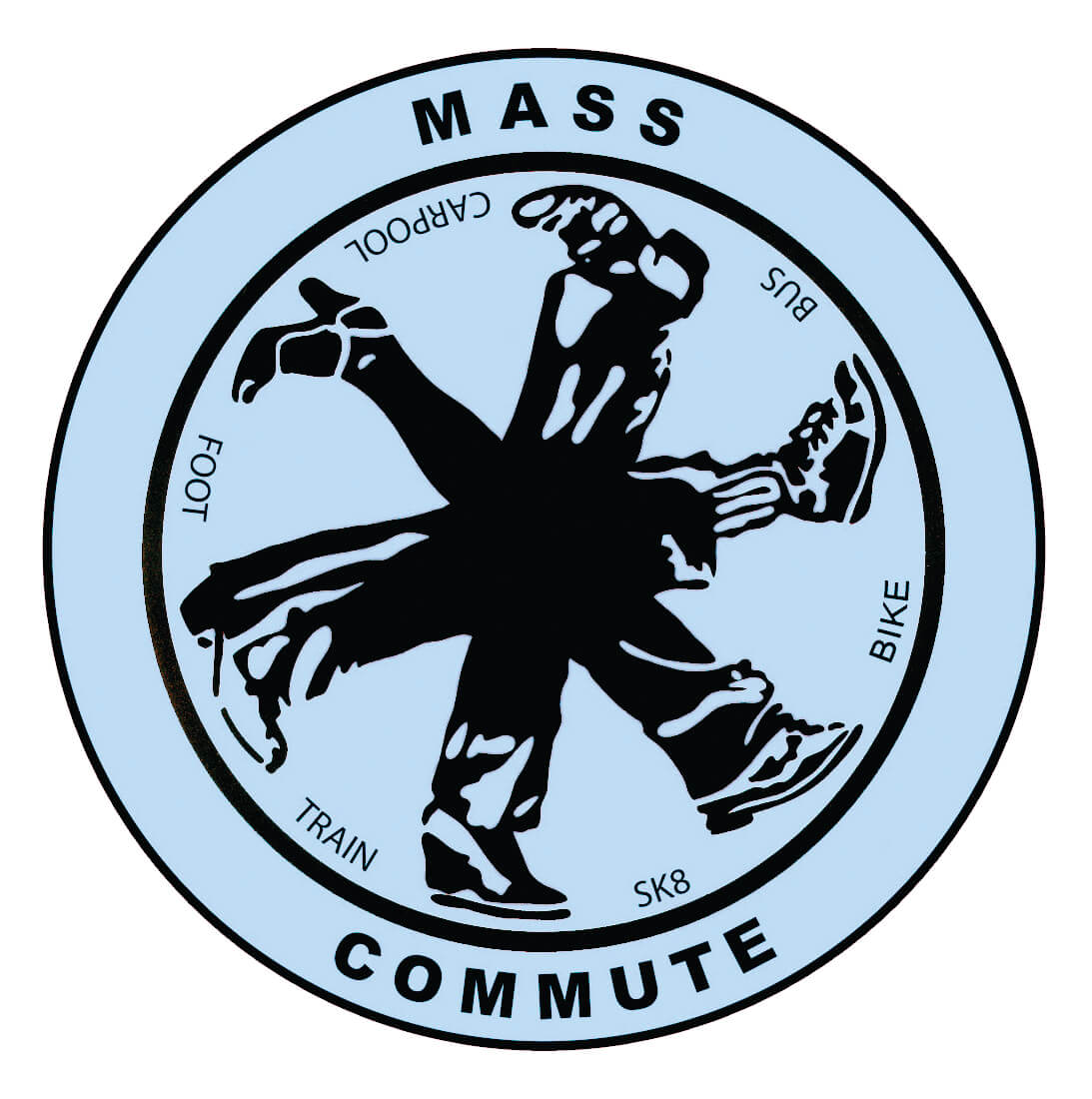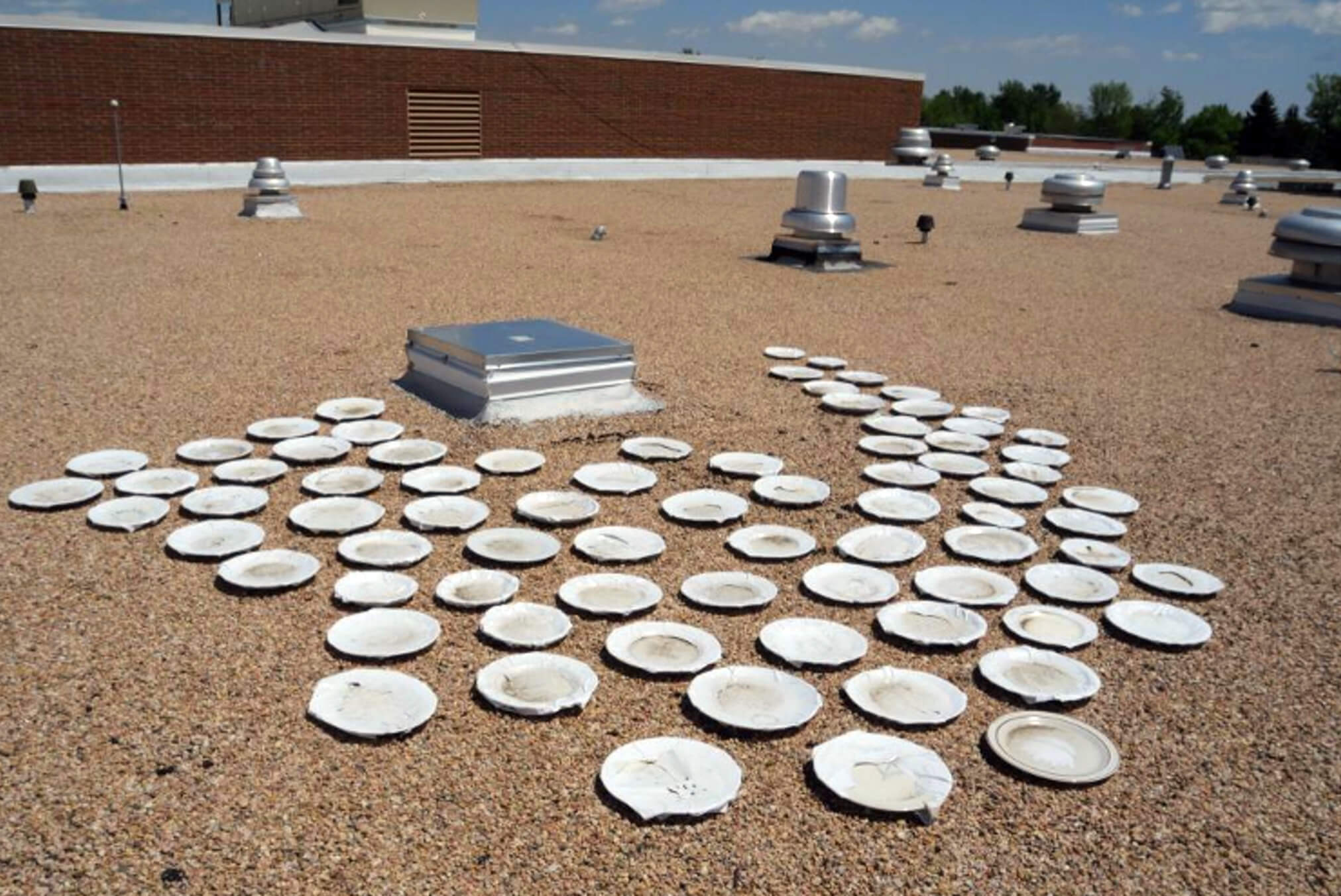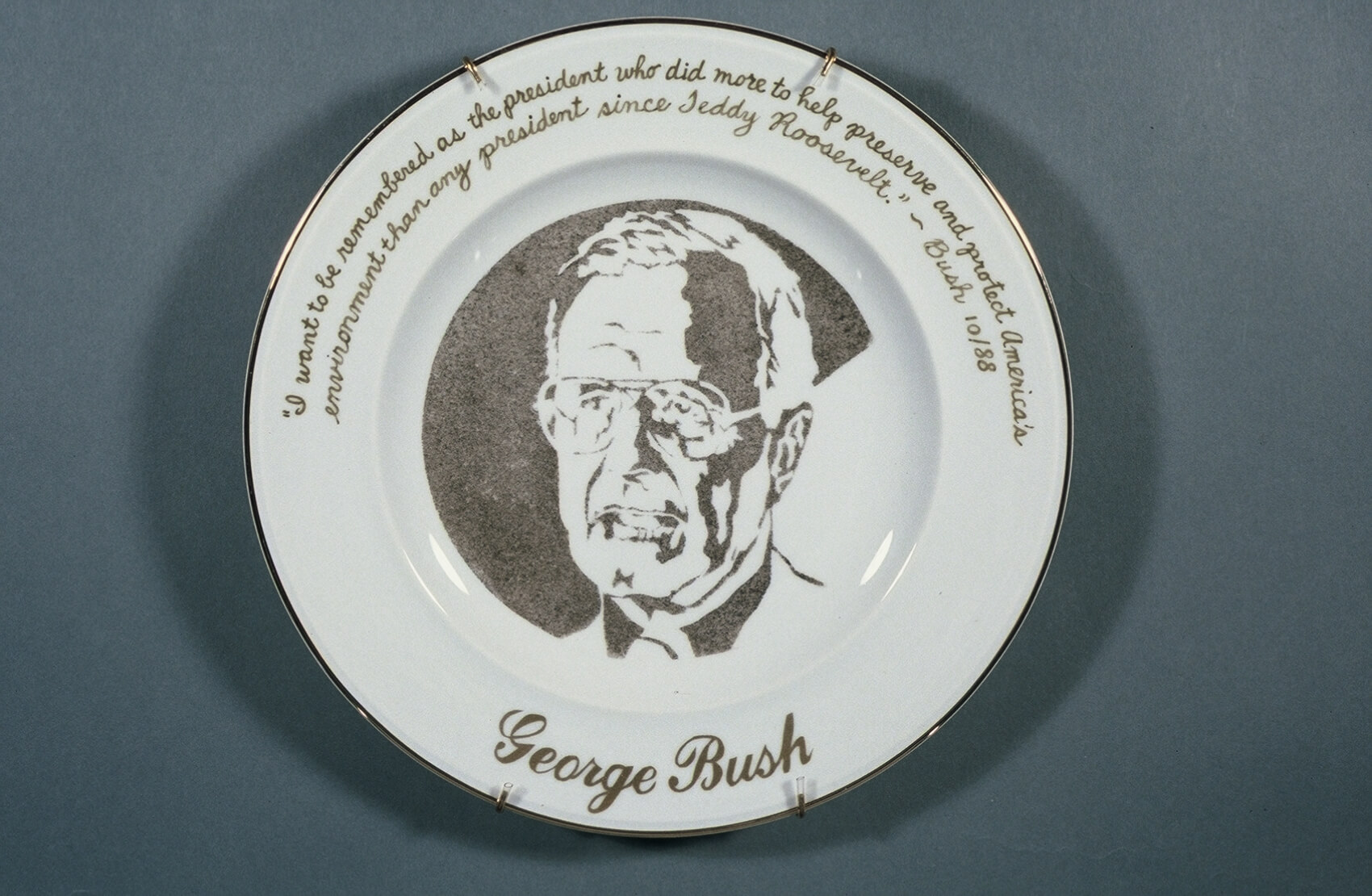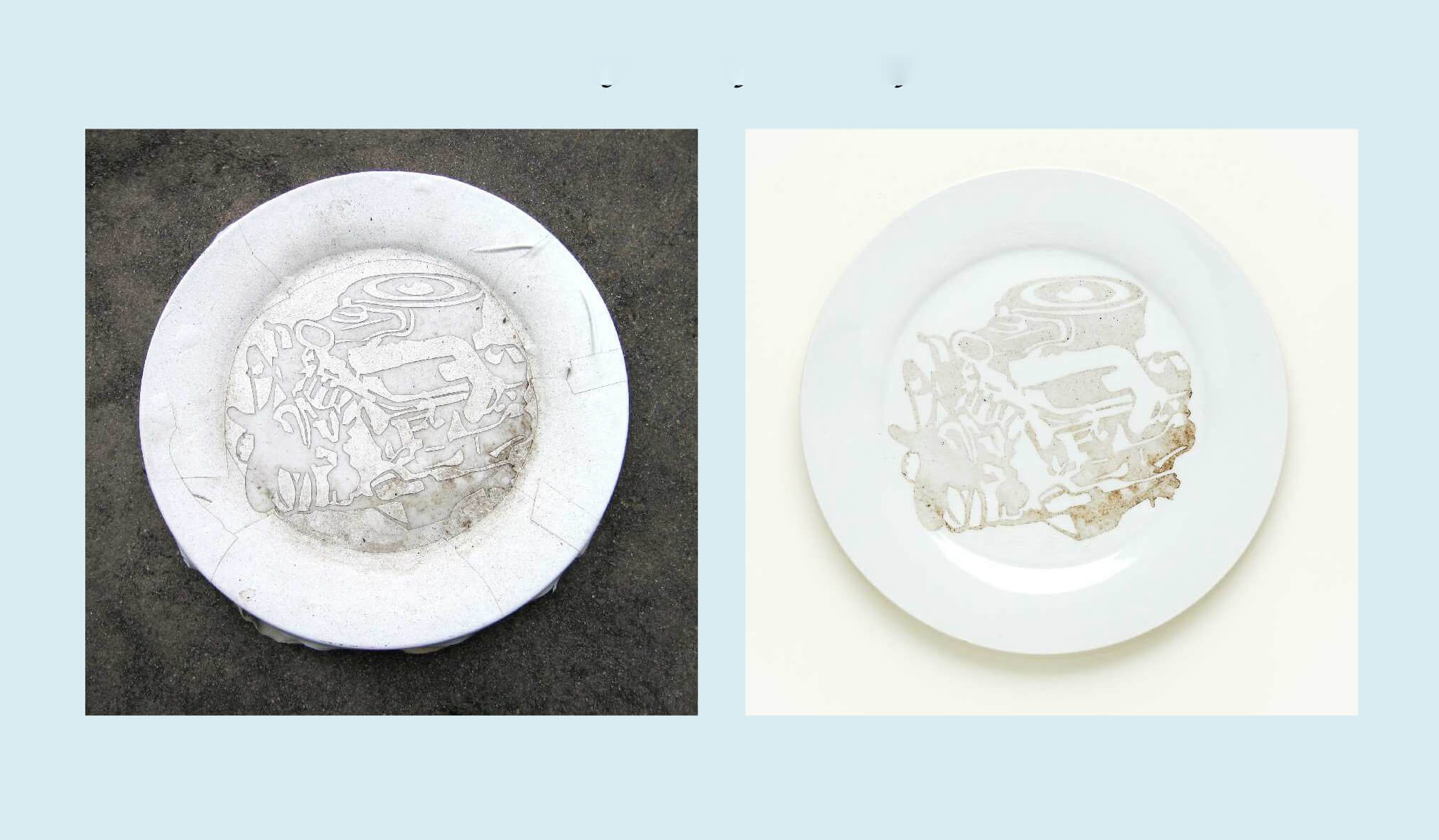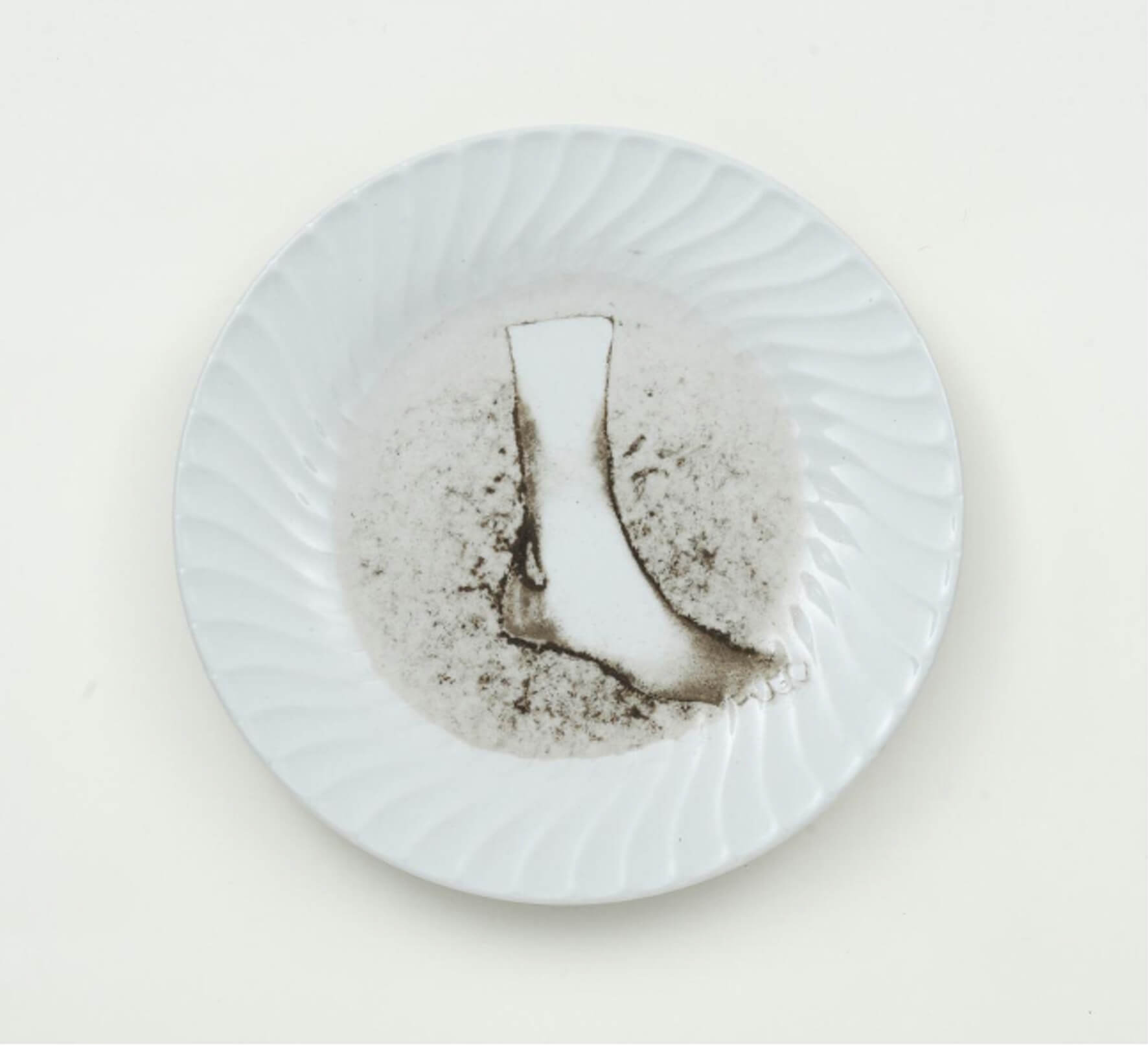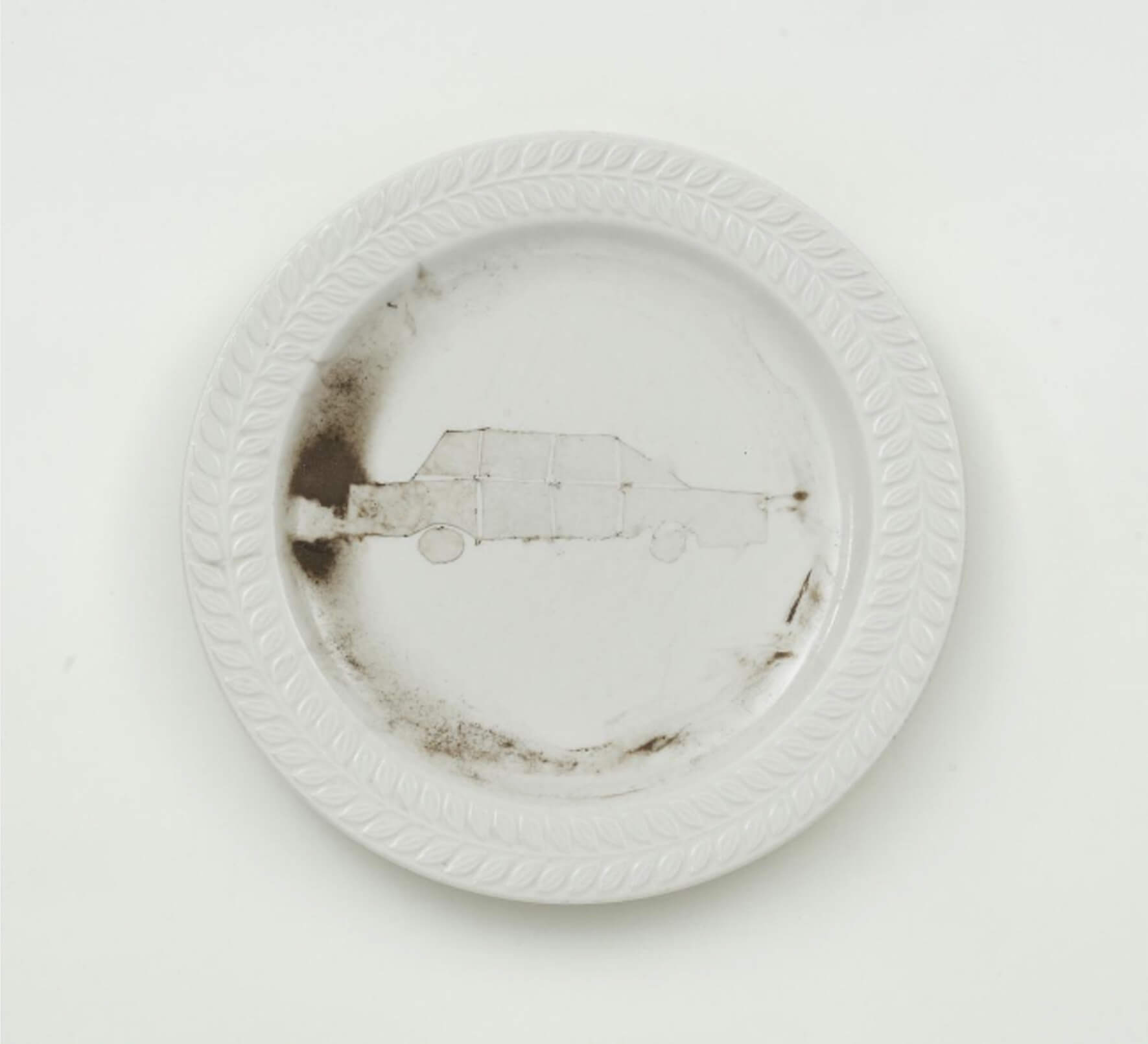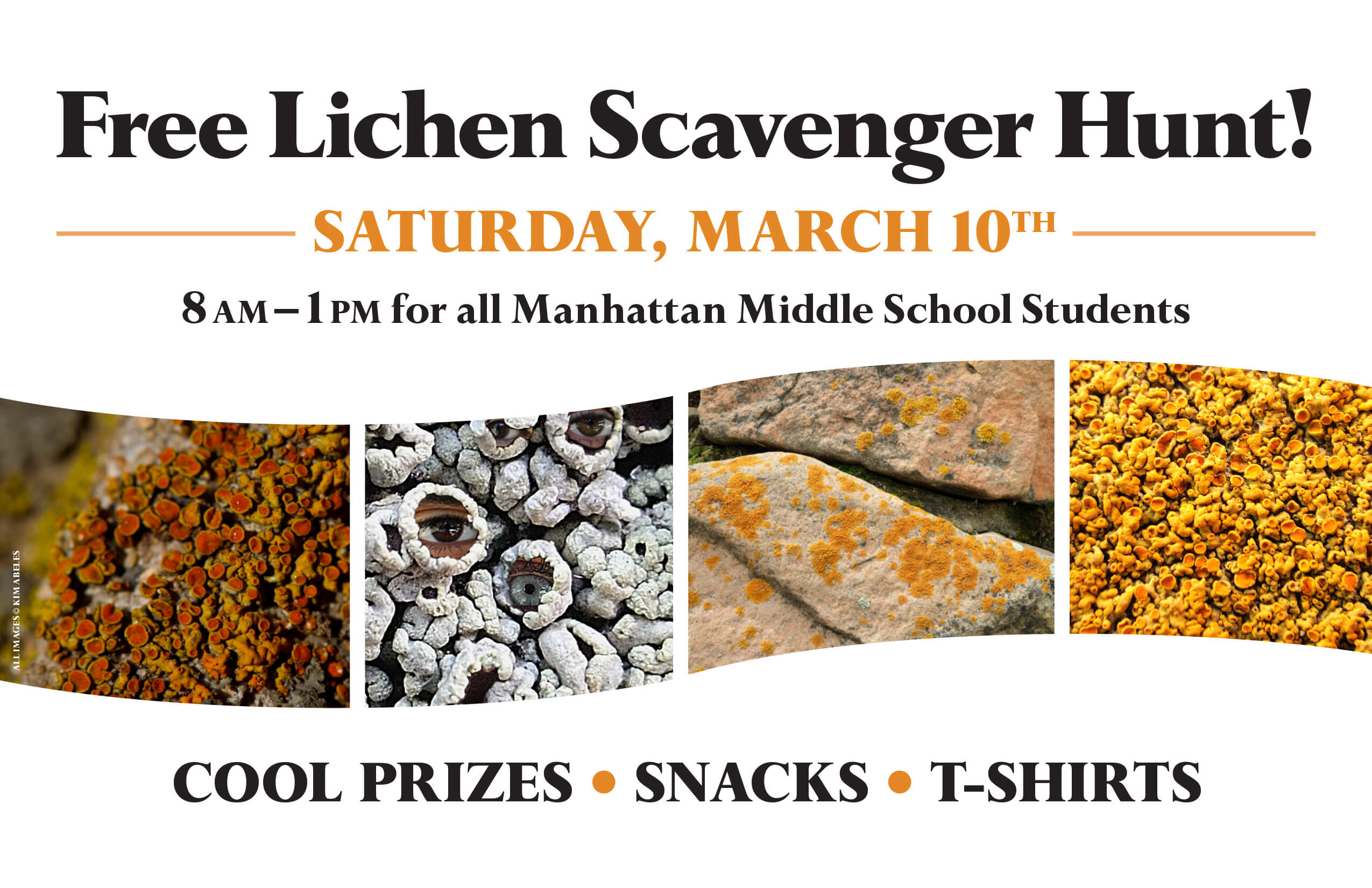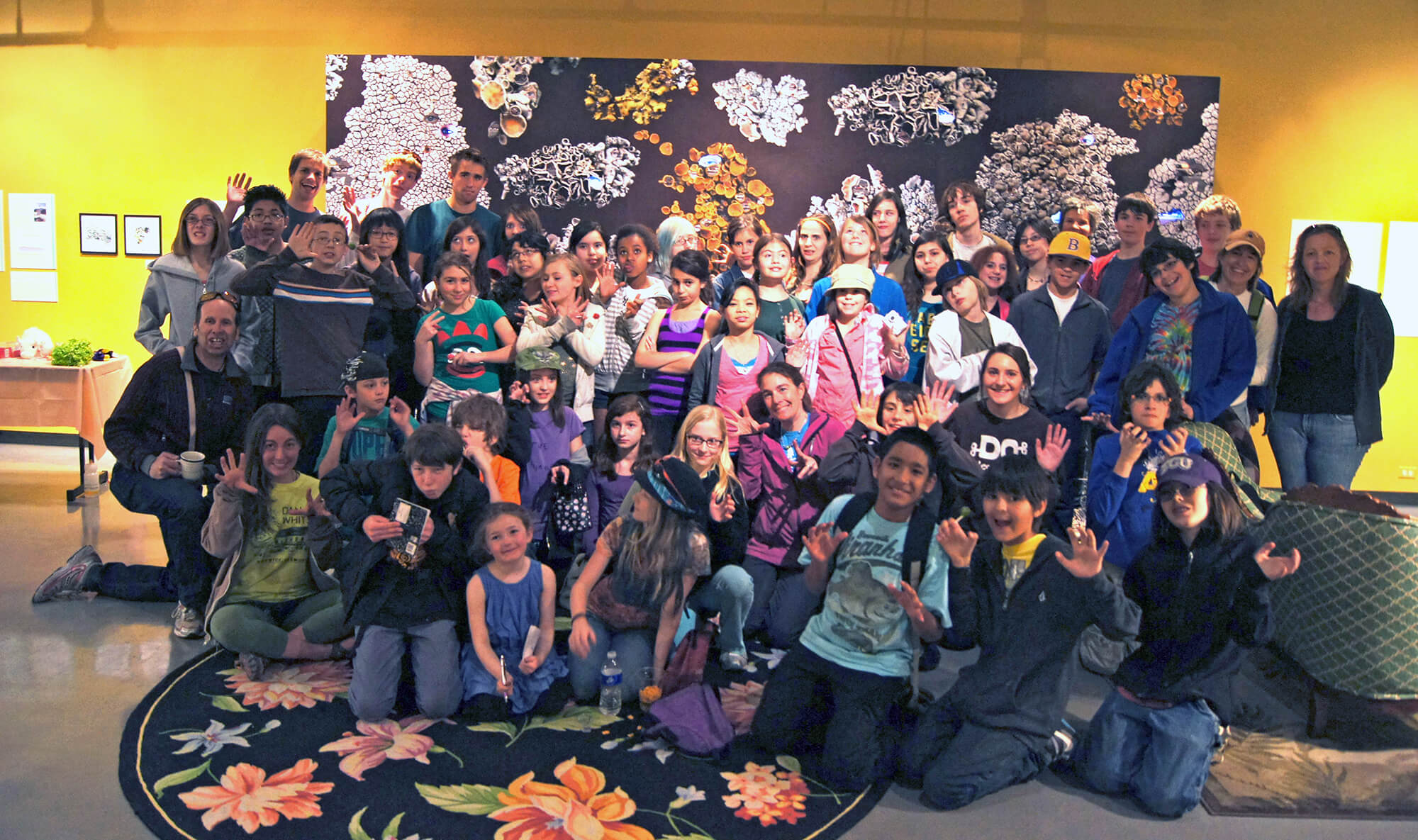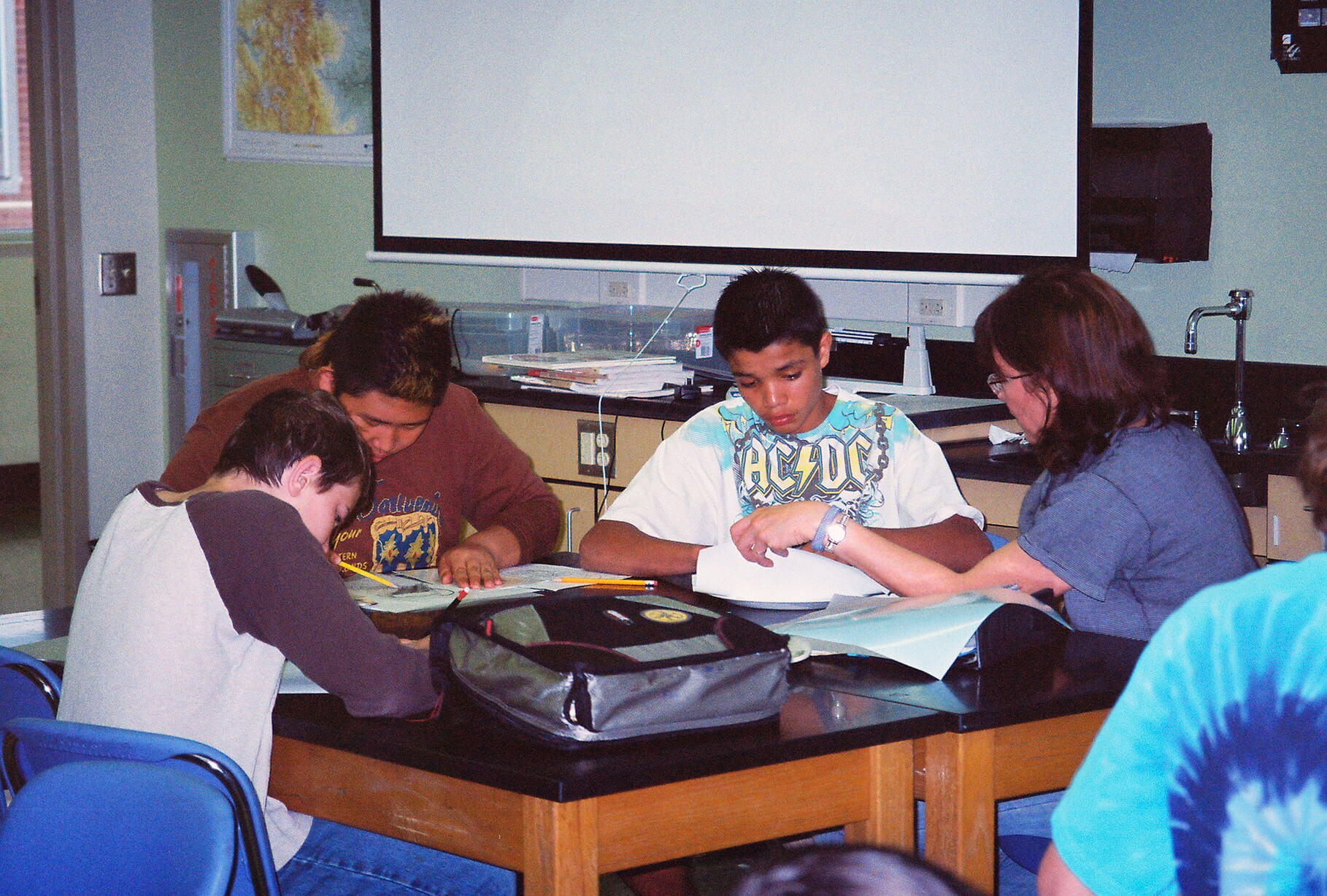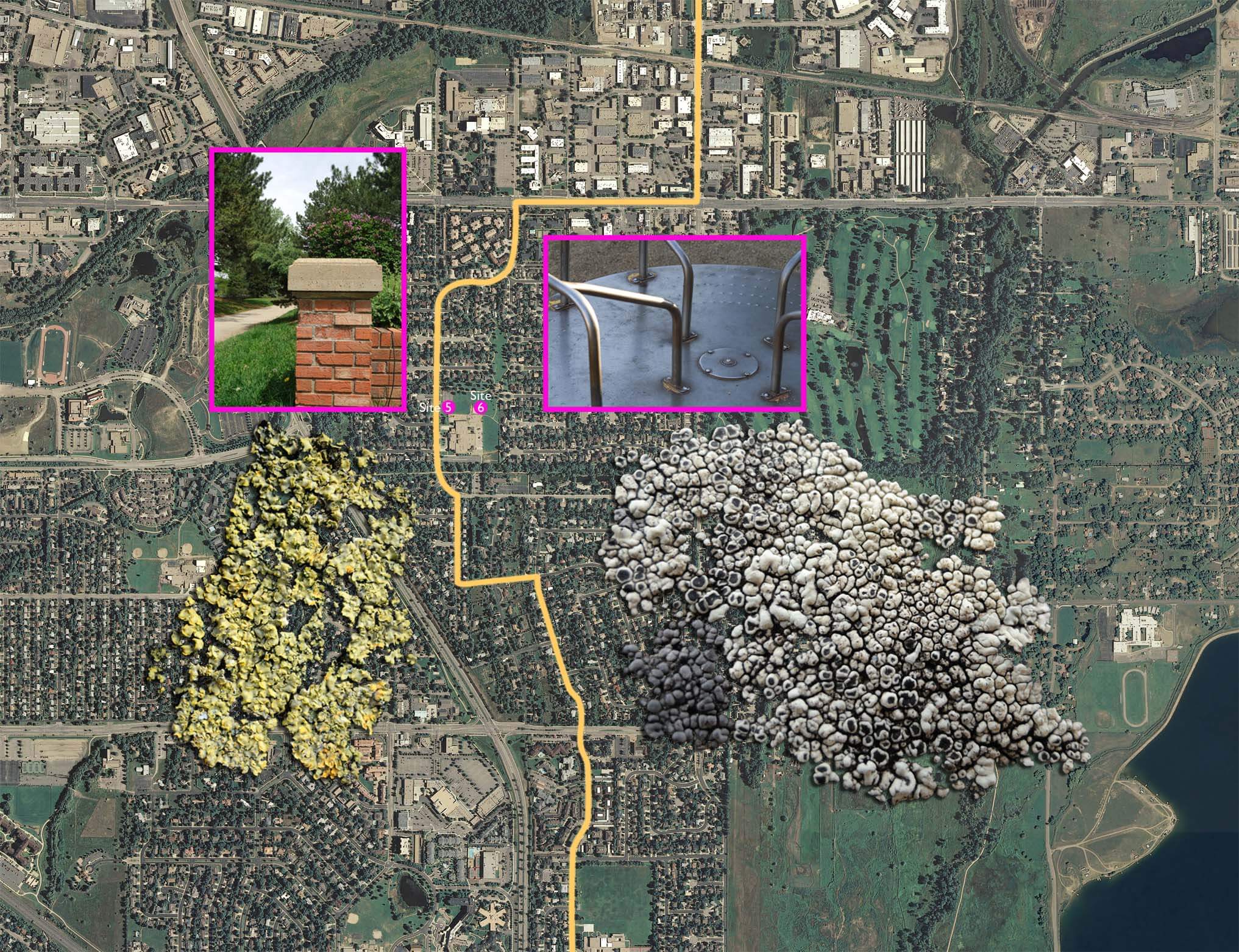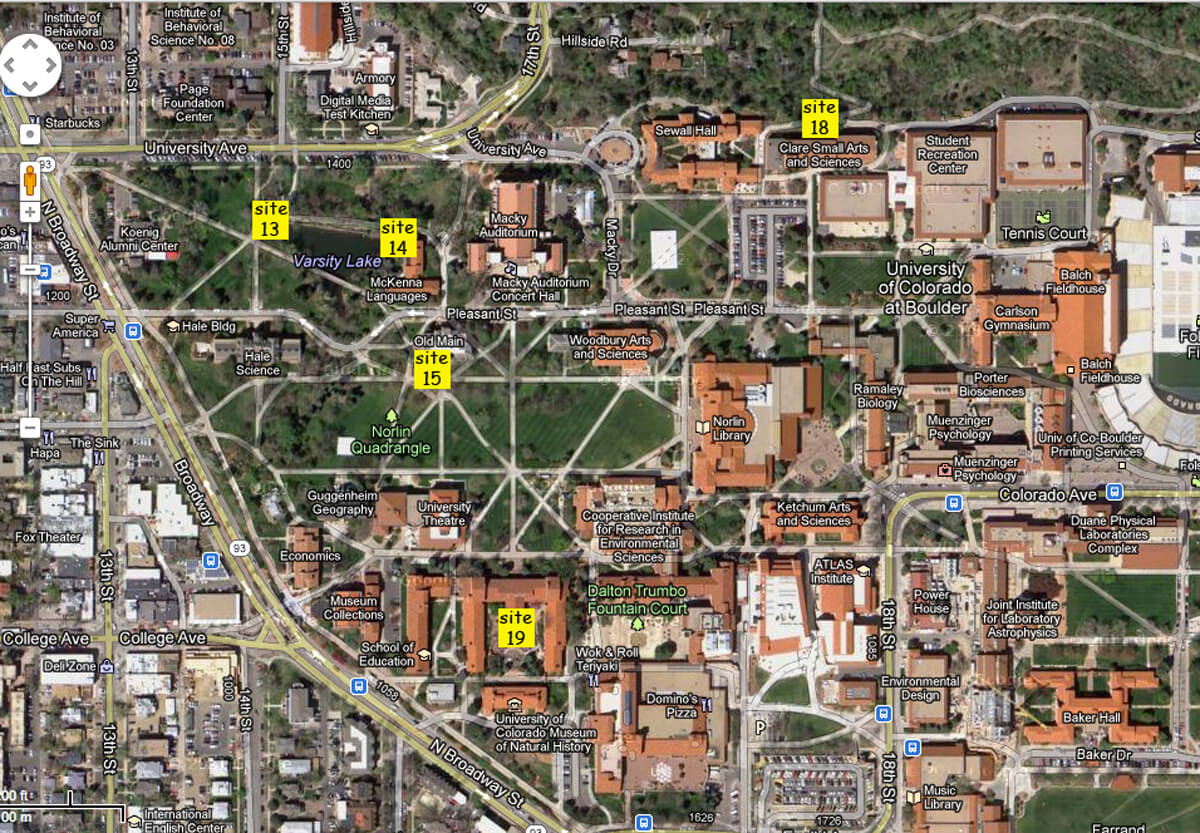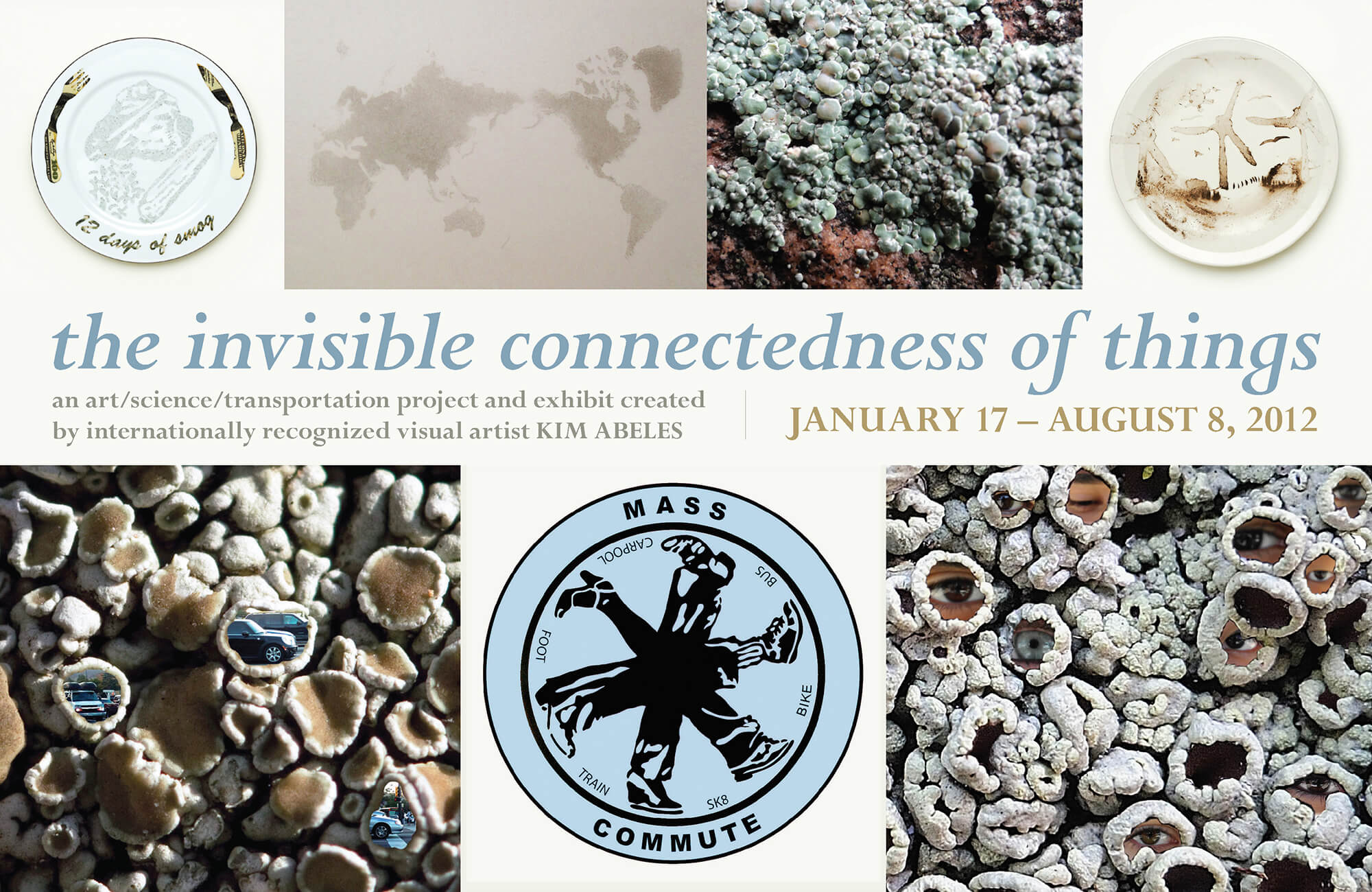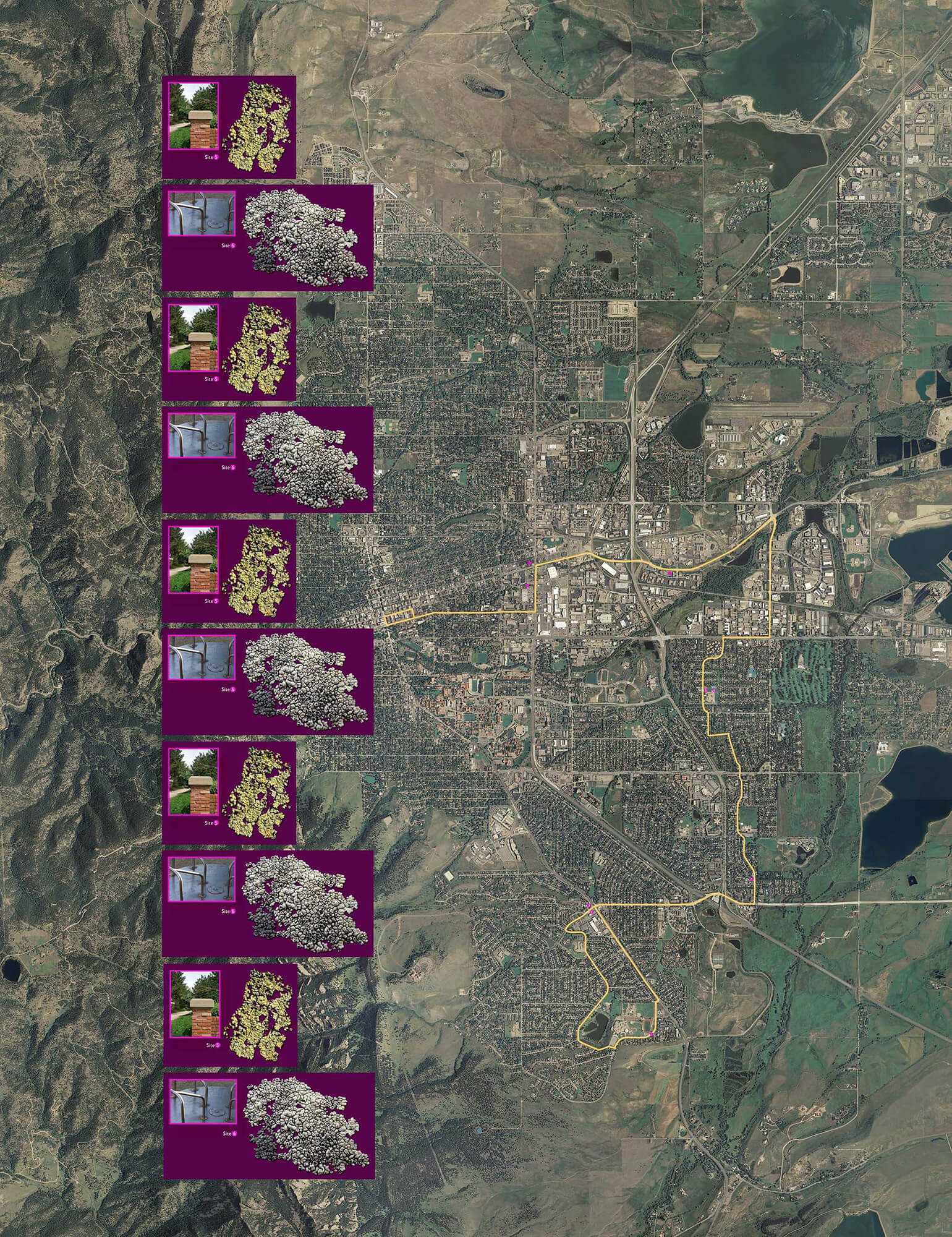Past Projects
the invisible connectedness of things
Jan 17 – Aug 8, 2012
EAC commissioned artist Kim Abeles to bring together air pollution, buses, kids, adults, and lichen to inspire people to use alternative transportation. The exhibition was created in collaboration with the University of Colorado Museum of Natural History and atmospheric scientists, emissions specialists, lichenologists, transportation professionals, students, and others. Other project collaborators were the UCAR Science Center, Manhattan Middle School, and Air Care Colorado vehicle emissions testing specialists.
The multi-faceted art/science/transportation exhibit explored the impacts that our transportation choices have on Boulder’s air quality. It was originally inspired by lichens, thanks to the suggestion of the museum’s director, Patrick Kociolek — their spectacular structure, colors and longevity and the fact that they are biomonitors of pollution. In fact, they are collected and studied in the lab to compare carbon, lead, and other pollutants. As Abeles comments, “Once you really look at lichens, you never see the world the same again.”
The exhibit at the museum consisted of photographs, puzzles, stickers, smog collector plates, and a 16’ video wall. In addition, the project included the making of smog plates by 80 students at Manhattan Middle School, satellite exhibits there and at the National Center for Atmospheric Research Mesa Lab, and another at the Envirotest – Air Care vehicle emissions testing facility, plus a self-guided lichen tour on buses with stops at different sites. In addition, there was a lichen scavenger hunt for middle school students, co-developed by CU science student Clara Boland, and co-led by middle school science teachers and others.
Other project activities included an artist talk by Abeles and a panel called “The Air We Sometimes See: Connecting Art, Science, and Transportation.” Panelists included art historian and CU faculty member Kira van Lil; atmospheric scientist and Metro State faculty member Richard Wagner; transportation planner and Acting GO Boulder Manager Chris Hagelin; and Colorado Department of Public Health and Environment Director of the Mobile Sources Air Pollution Program Doug Decker.
To create the invisible connectedness of things Abeles gathered information from science experts and the community and experienced Boulder’s transportation choices first hand, by riding the bus, morning and night, and observing walkers, biker and skiers. She chose the RTD 206 bus route because it includes a stop at Manhattan Middle School, and gave her the opportunity to study riders of all ages as they rode through urban, suburban, and rural areas, past a wide range of “scenery,” from big box stores to prairie dog villages.
A major component of the project was the making of the “smog collectors” to create images from Boulder’s air — and to help people realize that Boulder’s air is not as pristine as many people think. Smog collectors can be created by placing cut out stencil on plates and then exposing them to the air. When the stencil is removed, an image is revealed from collected smog. Manhattan Middle School students’ plates were placed on top of the school roof for seven months, collecting particulate matter from Boulder’s air.
In addition to having the plates on display divided among the four exhibition sites, photographs of all of the plates were published together in a book created by Abeles. As the Green Museum website explains of Abeles’ past work, “Smog Collector images have been described by others as ‘footprints of the sky.’ Since the worst in the air can’t be seen, Smog Collectors are both literal and metaphoric depictions of the current conditions of our life source.”
Through the invisible connectedness of things, Abeles hoped to “inspire people to be more attentive to nature, to see the links between art and science, and to encourage people to use their sustainable transportation options.” With her artwork deeply rooted in facts and observable evidence, she says, “sometimes if you think of things in a more poetic sense, it affects you more deeply.”
Photo credits coming soon.


